Started by Bartolomeo Borgogno, the Borgogno Winery is one of the oldest in Barolo. It sits in the heart of the Barolo village in Piedmont. And for this we share Borgogno – its history, place and wines. Quaint local shops, historical buildings, cobblestone streets and the Barolo Wine Museum surround Borgogno Winery. You can’t miss Borgogno’s prominent stature when sauntering through Barolo village.
Walking into the Borgogno Winery is like going back in time. Its original historical cement tanks, flank the winery walls. My continuation into the cellar reveals its pristine nature that is reminiscent of a wine museum. This is Borgogno – the history, place and wines.

In the early 1900s Cesare Borgogno took over the management of the winery from Bartolomeo. He had the great foresight to export Borgogno wines outside of Italy, which expanded the markets for Borgogno. This gave wine lovers outside of Italy the ability to enjoy its selections. With Cesare’s passing in the mid-1960s, his granddaughter Ida and her husband Franco Boschis took the helm. Later their children Cesare and Giorgio Boschis joined them and ran the business from the mid-1980s until 2008, when the Farinetti family acquired Borgogno. The Farinettis started the well-known Italian company Eataly, with locations worldwide.
While keeping Borgogno’s classic and traditional practices, the Farinetti family revitalized and made enhancements to the winery, including converting to all organic practices. Borgogno received organic certification in 2019. Until this day Borgogno makes wines using its original, traditional methods.
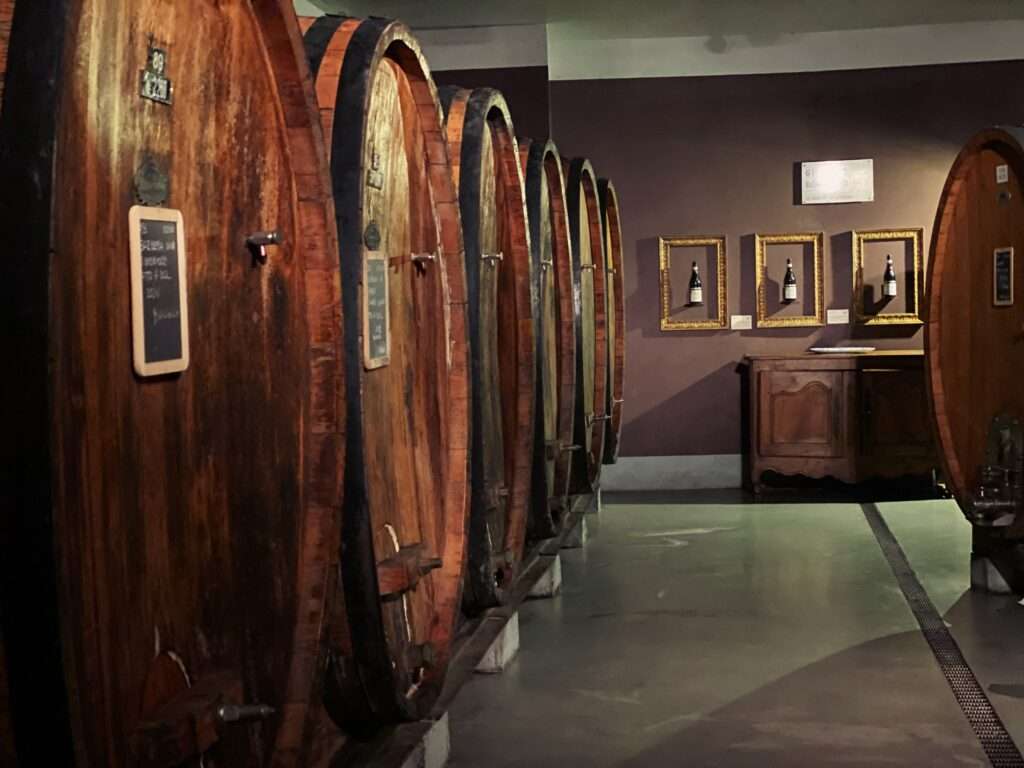
The Red Grapes
Piedmont is home to the renowned area Barolo, where the main grape Nebbiolo grape thrives. It is the grape that Borgogno uses to make its DOC Nebbiolo wines and the famed Barolo wines. Borgogno’s land holdings include about 93 acres of land. Twenty acres covered by natural woods and the remaining planted to vineyards. Borgogno’s vineyards span across the regions of Barolo, Alba and Monleale.
More than 60% of its vineyards are committed to the Nebbiolo grape, while a smaller percentage is planted to Dolcetto, Barbera and Freisa. An even smaller percentage is planted to the white grape varieties Riesling and Timorasso. Timorasso is a native white grape variety that had been long forgotten until a group of producers, including Borgogno, started its revitalization.
Nebbiolo is often the shining star in Piedmont and at Borgogno, giving way to Nebbiolo and Barolo wines. Nebbiolo produces powerful, tannic wines that allow for great longevity. Yet the color and body are as light as Pinot Noir. Nebbiolo takes its name from the root word nebbia that means fog in Italian. Its Nebbiolo wines include the Langhe Nebbiolo DOC. It rests in large Slavonian oak barrels for 10 months and then an additional four months in bottle. The No Name Langhe Nebbiolo DOC rests even longer, two years in Slavonian oak barrels. Borgogno produced the No Name Nebbiolo because of Italian bureaucracy that turned down its submitted Barolo wine. So Borgogno reclassified the submitted Barolo wine as a Langhe Nebbiolo.
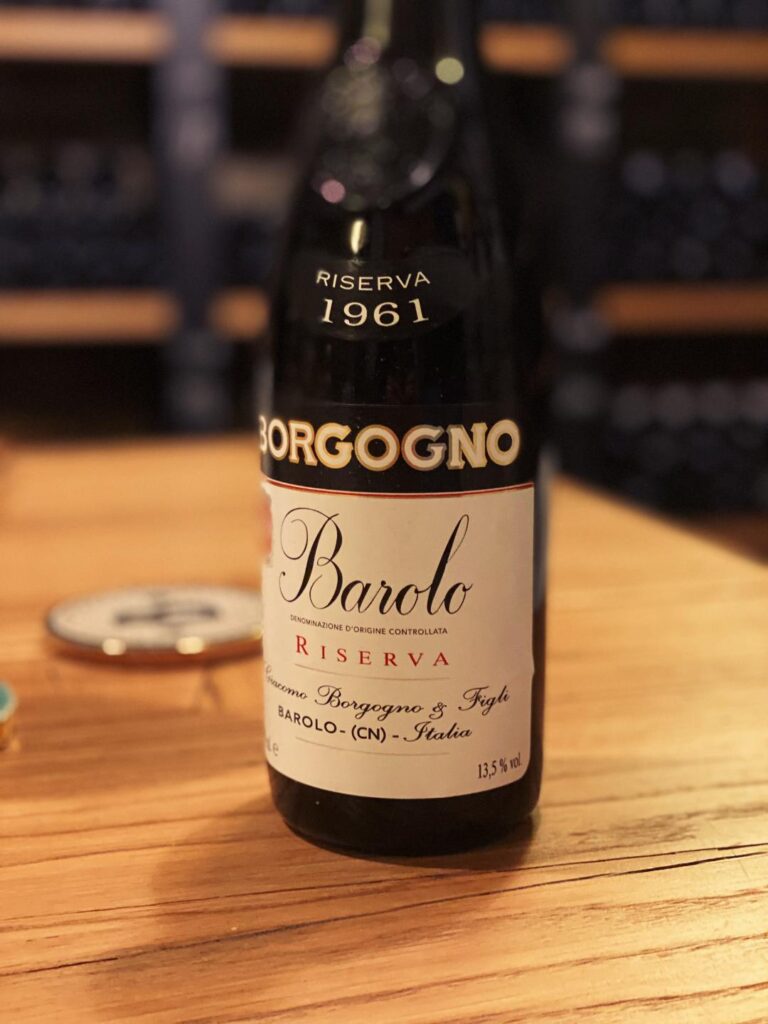
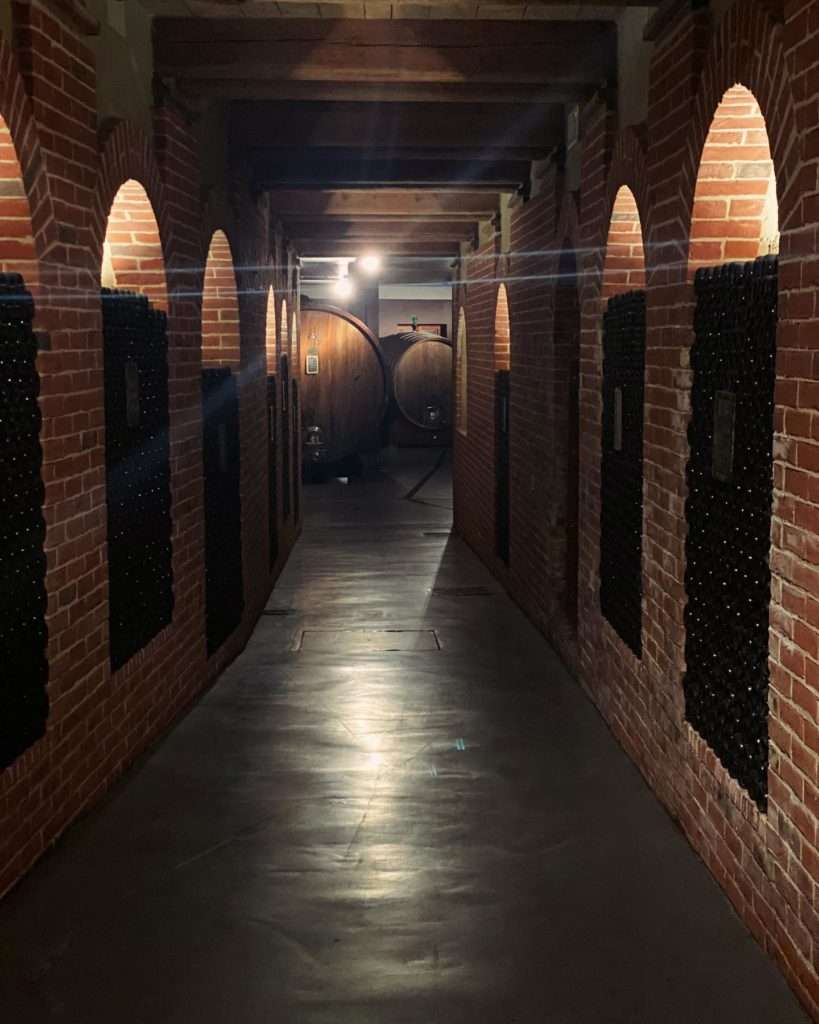
Its Barolos each reflect the land in which the grapes grow. Some of these single vineyard sites are the most renowned such as Cannubi. Their final taste profiles are reflections of their aging and maturation processes. They include both Slavonian and French oak barrel regimes allowing the wines to cellar for more than 15+ years. The Barolo wines include the Barolo DOCG, Barolo Riserva DOCG, Barolo Cannubi DOCG, Barolo Fossati DOCG. All Nebbiolo-based wines, including the Barolos, are great partners for classic Piemontese cuisine of braised meats and wild game meats. They also pair with other international cuisines – roasted pork, beef stew and hearty fish, like Salmon.
Borgogno also produces two different Barbera wines. They include Barbera d’Alba DOC and Barbera D’Alba Superiore DOC with different aging processes for each. Its Barbera DOC ages in stainless steel tanks and large Slavonian oak casks. The Barbera Superiore DOC ages only in large Slavonian oak casks.
The lesser-known grapes Dolcetto (Dolcetto d’Alba DOC) and Freisa (Langhe Freisa DOC) are also part of Borgogno’s wine list. Dolcetto is a lighter skinned grape that gives bold, almost bright cherry and cranberry notes. Unlike the Barolos and Nebbiolos that age in oak barrels, the Dolcetto ages only in concrete tanks and then bottle. It is a fresh style of wine that you can enjoy young, within one to two years of the vintage on the bottle. A great food partner for roasted tomatoes with eggplant, which marry well with the Dolcetto’s acidity.
Langhe Freisa DOC is a unique varietal that is little known outside of the Piedmont region. An ancient varietal, it is a relative of Nebbiolo and makes a wine more on the rustic side. It has high tannins and acidity which make it a good wine for pairing with food. Borgogno’s Freisa ferments in concrete and then rests in oak barrels for about 10 months before sitting in bottle before release.
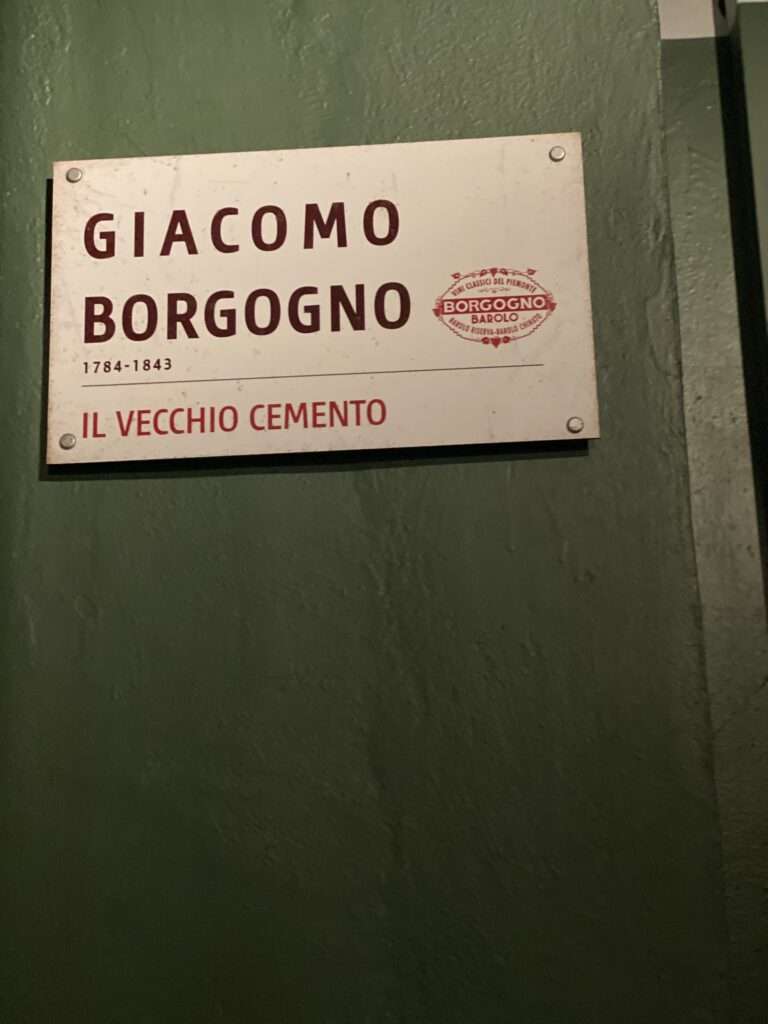
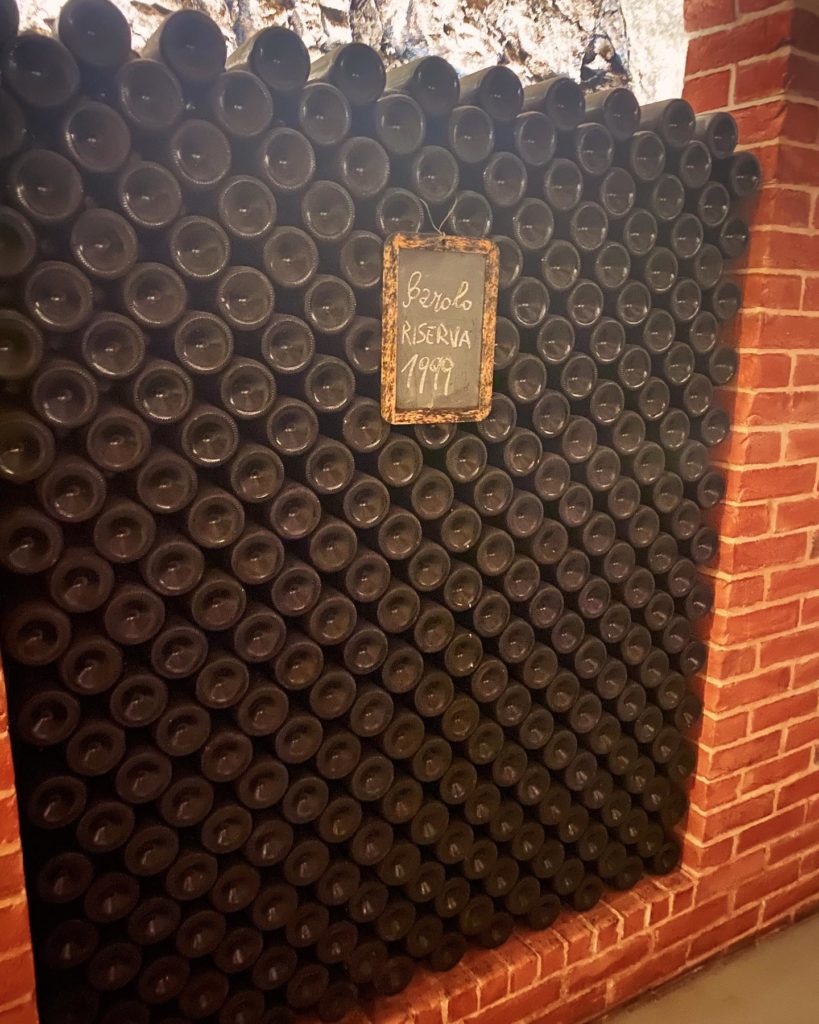
The White Grapes of Borgogno
Borgogno makes a small amount of both Riesling (Era Ora Langhe Riesling DOC) and the ancient native grape Timorasso (Derthona Timorasso DOC). Timorasso is a key focal point of some producers revitalizing its growth and production. Only a select number of producers, including Borgogno, are making Timorasso. Derthona is the name of the wine made from the Timorasso grape varietal which was once the main grape of Colli Tortonesi.
Borgogno Derthona Timorasso grows in the Monleale area as well as on the hills that surround Tortona. It undergoes fermentation in concrete tanks and then further refinement in stainless steel tanks for 10 months. After this, it rests for additional time in bottle. The result is a wine of medium body with a beautiful round mouthfeel and just the right amount of acidity pushing through. It has a prominent bouquet of white florals, peaches and pears. The mouthfeel is rich, warm and inviting with a good honey quality to it, and round texture at the end. It pairs best with grilled white fish dishes and the typical veal and tuna dish of Piedmont – Vitello Tonnato. It also dovetails well with creamy style cheeses.
Borgogno’s DOC Langhe Riesling Era Ora is a diversion from a sweet German-style Riesling. The Era Ora is dry and beautiful with a crisp, vivacious mouthfeel. Its fermentation occurs in stainless steel tanks. It then rests on its “lees” for 6 months to gain complexity and weight, and then another six months of aging in stainless steel. Lastly, it sits for an additional time in bottle. This style Riesling is a great partner for fresh green vegetables like asparagus and roasted Brussels sprouts, shellfish, grilled white fish and hard Italian cheeses.
The plethora of wines that Borgogno produces shows us their great versatility in the vineyards and cellar. Learn more about Piedmont’s Villa Sparina.


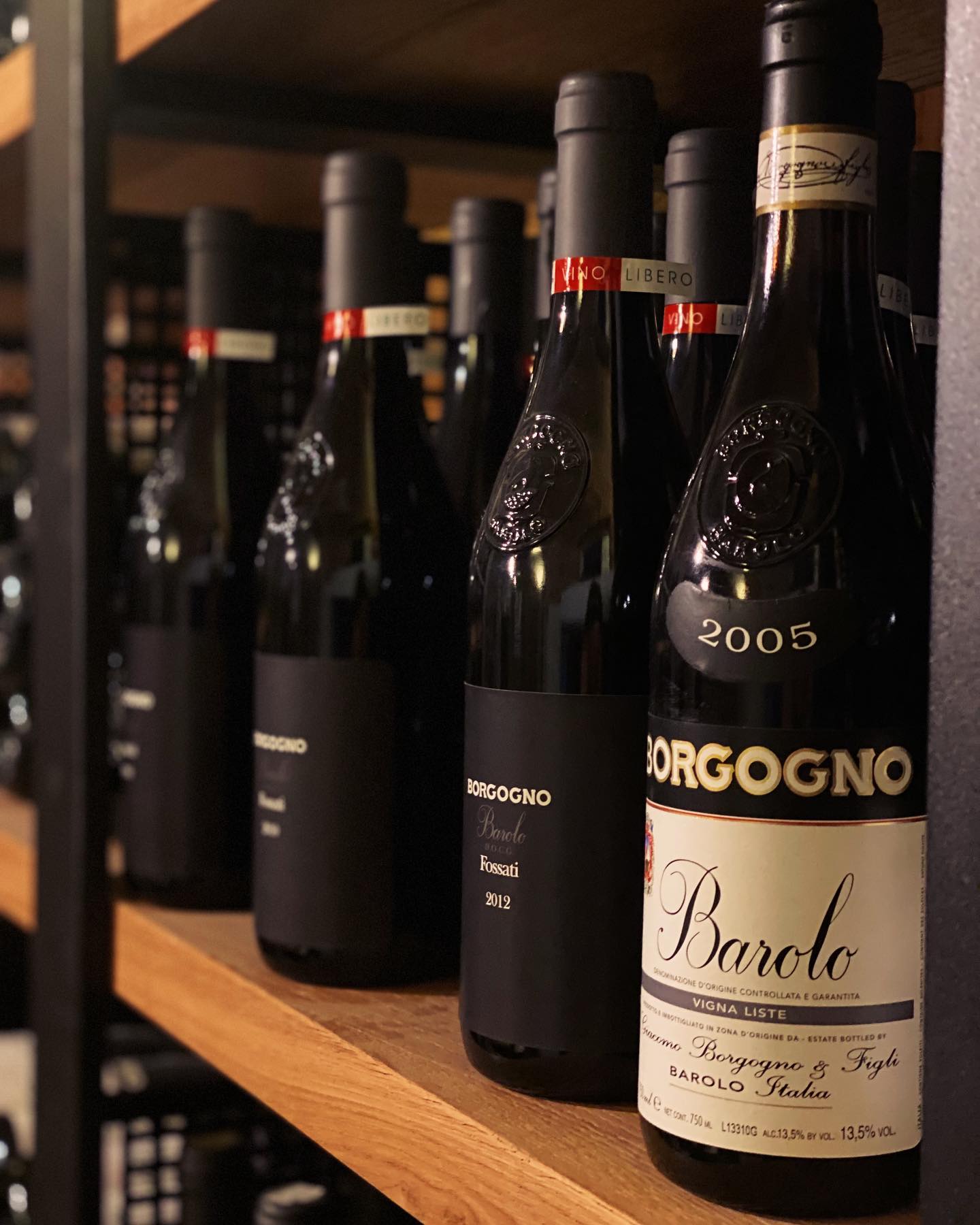
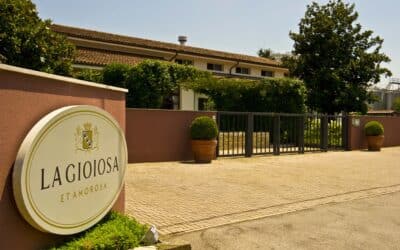
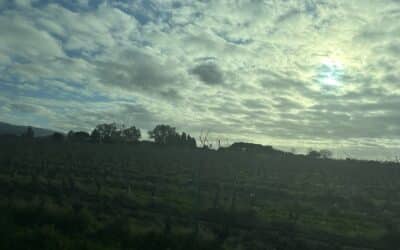
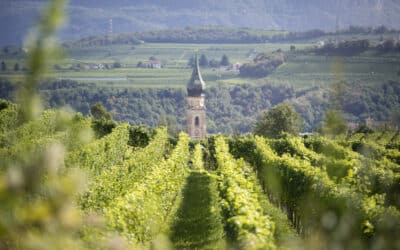
0 Comments